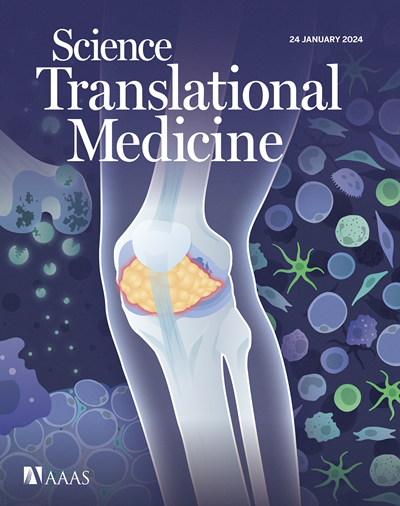Rapid tuberculosis diagnosis from respiratory or blood samples by a low cost, portable lab-in-tube assay
IF 15.8
1区 医学
Q1 CELL BIOLOGY
引用次数: 0
Abstract
Rapid portable assays are needed to improve diagnosis, treatment, and reduce transmission of tuberculosis (TB), but current tests are not suitable for patients in resource-limited settings with high TB burden. Here we report a low complexity, lab-in-tube system that is read by an integrated handheld device that detects Mycobacterium tuberculosis (Mtb) DNA in blood and respiratory samples from a variety of clinical settings. This microprocessor-controlled device uses an LCD user interface to control assay performance, automate assay analysis, and provide results in a simple readout. This point-of-care single-tube assay uses a DNA enrichment membrane and a low-cost cellulose disc containing lyophilized recombinase polymerase amplification and CRISPR-Cas12a reagents to attain single-nucleotide specificity and high sensitivity within 1 hour of sample application, without a conventional DNA isolation procedure. Assay results obtained with serum cell–free DNA isolated from a cohort of children aged 1 to 16 years detected pulmonary and extrapulmonary TB with high sensitivity versus culture and GeneXpert MTB/RIF results (81% versus 55% and 68%) and good specificity (94%), meeting the World Health Organization target product profile criteria for new nonsputum TB diagnostics. Changes in assay results for serum isolated during treatment were also highly predictive of clinical response. Results obtained with noninvasive sputum and saliva specimens from adults with bacteriologically confirmed pulmonary TB were also comparable to those reported for reference methods. This rapid and inexpensive lab-in-tube assay approach thus represents one means to address the need for point-of-care TB diagnostics useable in low-resource settings.
求助全文
约1分钟内获得全文
求助全文
来源期刊

Science Translational Medicine
CELL BIOLOGY-MEDICINE, RESEARCH & EXPERIMENTAL
CiteScore
26.70
自引率
1.20%
发文量
309
审稿时长
1.7 months
期刊介绍:
Science Translational Medicine is an online journal that focuses on publishing research at the intersection of science, engineering, and medicine. The goal of the journal is to promote human health by providing a platform for researchers from various disciplines to communicate their latest advancements in biomedical, translational, and clinical research.
The journal aims to address the slow translation of scientific knowledge into effective treatments and health measures. It publishes articles that fill the knowledge gaps between preclinical research and medical applications, with a focus on accelerating the translation of knowledge into new ways of preventing, diagnosing, and treating human diseases.
The scope of Science Translational Medicine includes various areas such as cardiovascular disease, immunology/vaccines, metabolism/diabetes/obesity, neuroscience/neurology/psychiatry, cancer, infectious diseases, policy, behavior, bioengineering, chemical genomics/drug discovery, imaging, applied physical sciences, medical nanotechnology, drug delivery, biomarkers, gene therapy/regenerative medicine, toxicology and pharmacokinetics, data mining, cell culture, animal and human studies, medical informatics, and other interdisciplinary approaches to medicine.
The target audience of the journal includes researchers and management in academia, government, and the biotechnology and pharmaceutical industries. It is also relevant to physician scientists, regulators, policy makers, investors, business developers, and funding agencies.
 求助内容:
求助内容: 应助结果提醒方式:
应助结果提醒方式:


